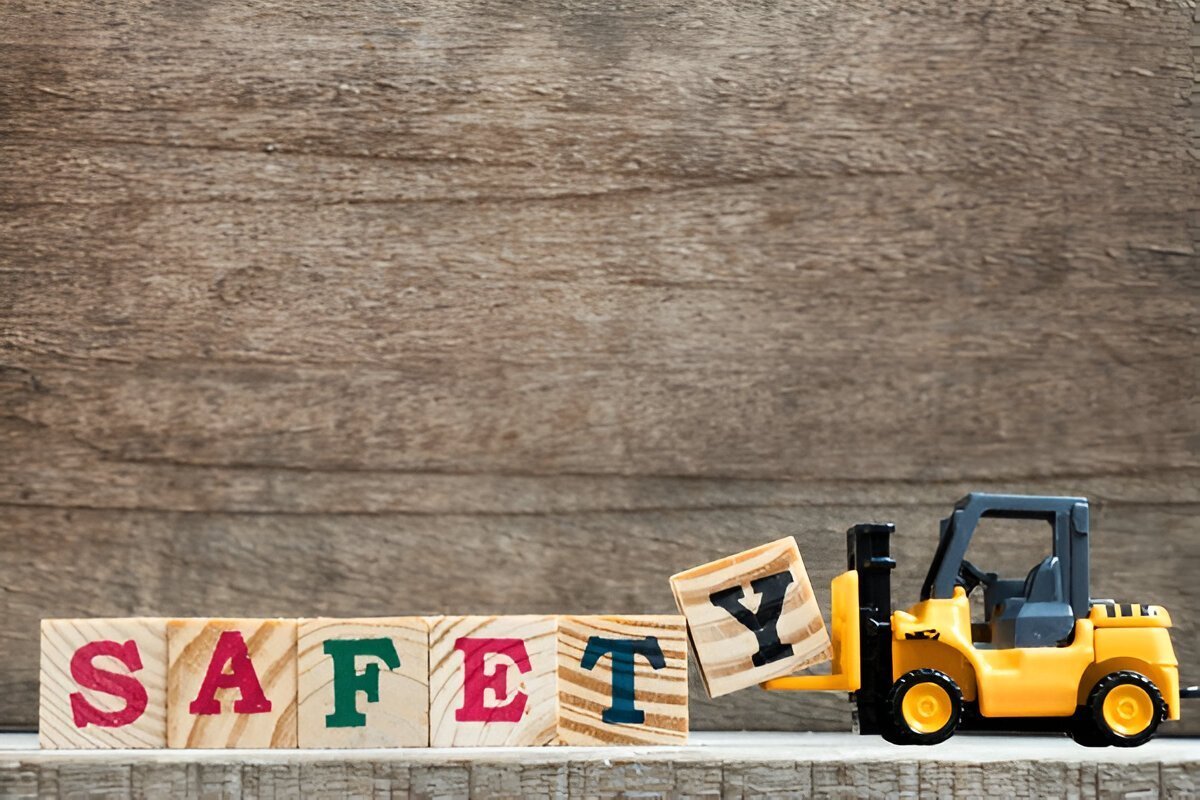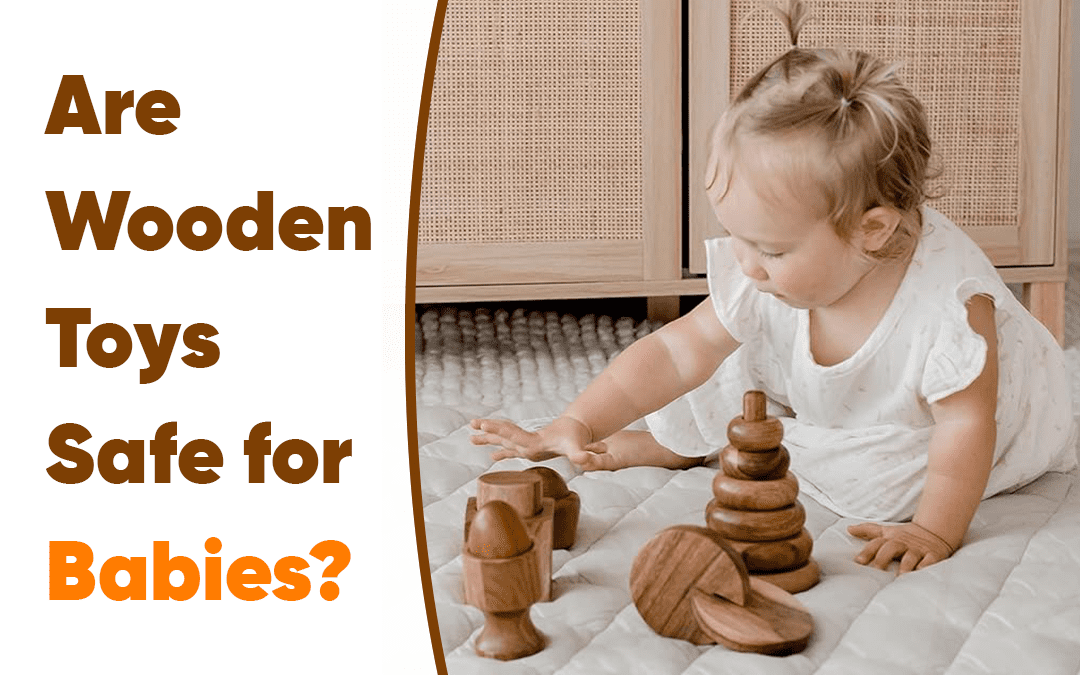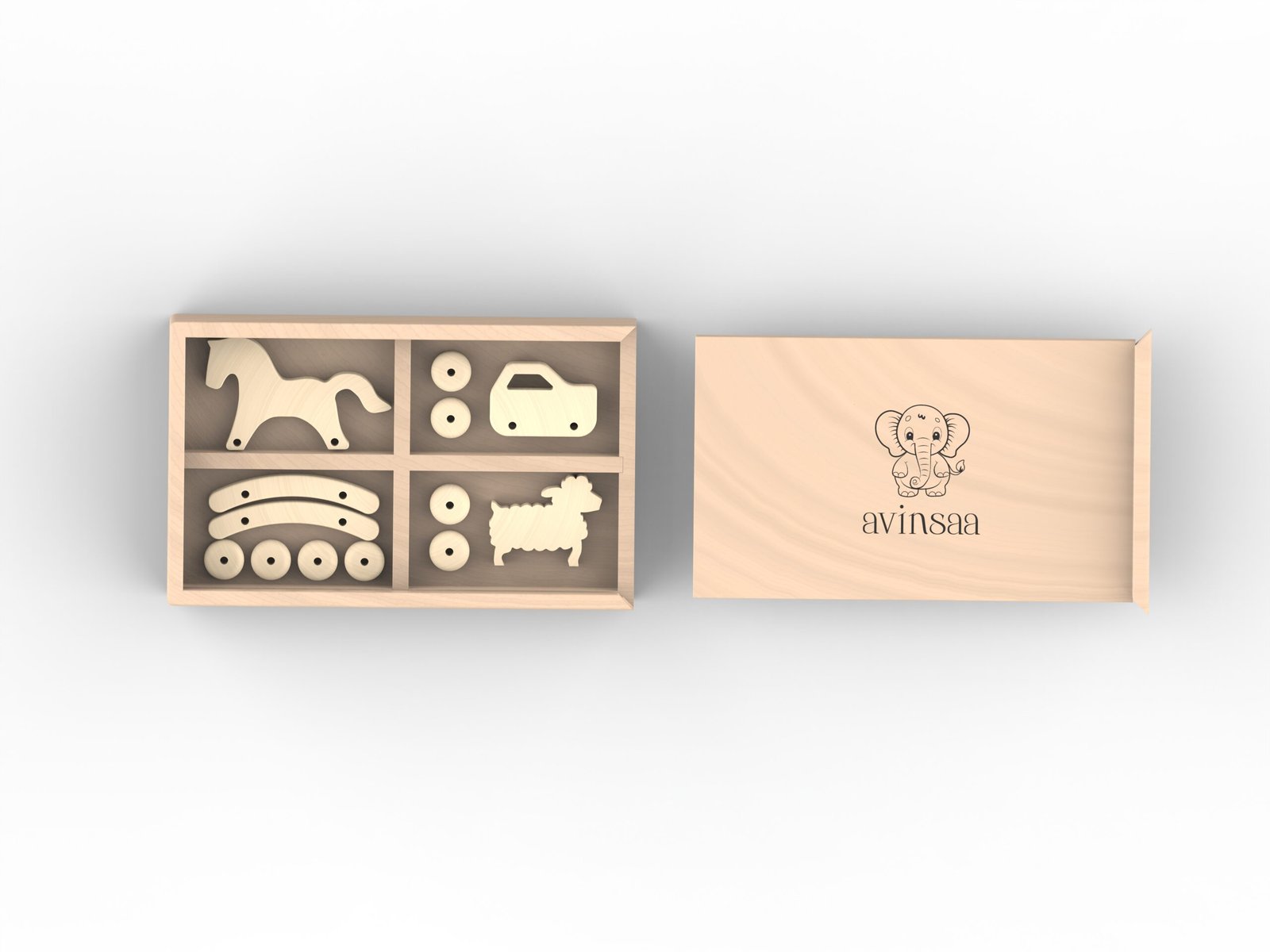When it comes to selecting toys for children, ensuring their safety is of utmost importance. Parents and caregivers want to provide children with fun and engaging playthings, but they also need to be vigilant about the potential risks involved. This blog post will explore the essential aspects of toy safety, including material considerations, age appropriateness, choking hazards, and tips for making informed choices. By understanding these factors, parents can create a safe and enjoyable play environment for their little ones.
Understanding Toy Safety Standards
Toy safety standards are established guidelines that help ensure toys are safe for children to use. Various organizations, such as the Consumer Product Safety Commission (CPSC) in the United States and the European Committee for Standardization (CEN) in Europe, create these standards to minimize risks associated with toys. These regulations cover various aspects, including material safety, structural integrity, and labeling requirements.
When selecting toys, look for products that comply with these safety standards. This information is often available on the packaging or the manufacturer’s website. Choosing toys that have undergone rigorous testing can provide peace of mind that they meet essential safety criteria.
Material Considerations
The materials in toys greatly affect their safety. Toys made from plastic, wood, or fabric each brings specific safety factors to conside.
Non-Toxic Materials: Choose toys crafted from non-toxic materials. Look for certifications like ASTM (American Society for Testing and Materials) or EN71 (European Standard for Toy Safety), which confirm that the toy has been tested for harmful substances. Especially for young children, who may put toys in their mouths, ensure that paints and finishes are non-toxic.
Look for certifications such as ASTM (American Society for Testing and Materials) or EN71 (European Standard for Safety of Toys), which indicate that the toy has been tested for harmful substances. Non-toxic paints and finishes are essential, especially for toys that young children might put in their mouths.
Durability: Toys should be constructed from durable materials that can withstand rough play. Weak or flimsy toys can break easily, creating sharp edges or small parts that pose choking hazards.
Natural Materials: For those seeking eco-friendly options, wooden toys made from sustainably sourced wood and finished with water-based paints can be a great choice. These toys not only reduce environmental impact but are often safer and more durable than their plastic counterparts.
Age Appropriateness
Selecting toys that are appropriate for a child’s age is crucial for their safety and enjoyment. Many toys come with age recommendations, which indicate the suitability of the toy for different developmental stages.
Developmental Stages :
Children of different ages have varying abilities and interests. Toys designed for younger children may include larger parts and softer materials, while those for older children may involve smaller pieces or more complex interactions. Choosing age-appropriate toys ensures that children can engage with them safely and meaningfully.
Supervision :
Younger children, especially those under three years old, should be closely supervised during playtime. Their natural curiosity often leads them to explore toys by putting them in their mouths, increasing the risk of choking..
Transitioning Toys :
As children grow, they may outgrow certain toys. Regularly assess whether a toy remains suitable for your child’s age and abilities. Donating or discarding toys that no longer serve your child’s needs can help maintain a safe play environment
Choking Hazards :
Choking is one of the most significant risks associated with toys, particularly for infants and toddlers. Small parts can easily become lodged in a child’s throat, leading to choking incidents.
Small Parts: Avoid toys with small detachable parts or components that could pose a choking hazard. Many toys will have warnings about small parts on their packaging, so be vigilant about reading labels.

Testing for Safety :
A simple way to test whether a toy is safe for younger children is to use a small parts tester, which is a cylinder with a specific diameter. If any part of the toy can fit through the cylinder, it may be a choking hazard for children under three.
Tips for Making Informed Choices
Making informed choices when selecting toys for children can help minimize risks and ensure a safe play environment.
Research Brands and Products :
Take the time to research different brands and products before making a purchase. Read reviews from other parents and caregivers, and look for recommendations from trusted sources.
Avoid Second-Hand Toys :
While second-hand toys can be a cost-effective option, they may not meet current safety standards or could have been damaged. If you do choose to purchase second- hand, thoroughly inspect the toy for any signs of wear and ensure it is clean and safe.

Teach Children About Safety :
Educating children about toy safety can empower them to make safe choices during play. Teach them to handle toys gently, avoid putting small objects in their mouths, and alert an adult if they notice a broken toy.
Stay Updated on Recalls :
Stay informed about toy recalls by regularly checking resources such as the CPSC website. If you own a toy that has been recalled, remove it from your home immediately to prevent accidents.
The Role of Play in Child Development

While safety is essential, it is also important to recognize the role of play in a child’s development. Toys contribute significantly to a child’s physical, social, emotional, and cognitive growth. When chosen carefully, safe toys can provide children with valuable learning experiences and opportunities for exploration.
Physical Development :
Toys that encourage movement, such as balls or ride-on toys, can help children develop their motor skills and coordination.
Social Skills :
Playing with others teaches children valuable social skills, such as sharing, taking turns, and cooperating. Safe toys that promote group play can foster these essential skills.
Emotional Growth :
Toys that allow for imaginative play, such as dolls, action figures, or playsets, can help children express their feelings and navigate social situations.
Conclusion
Choosing safe toys for children is an essential responsibility for parents and caregivers. By being aware of safety standards, carefully considering materials, and selecting toys that are age- appropriate, you can create a secure play environment that fosters learning and exploration. At Avinsaa, we understand that play is a vital part of childhood development. That’s why our wooden toys are crafted with safety and quality in mind, providing children with engaging, safe play experiences that promote growth and creativity. By prioritizing safety, you ensure that your child’s playtime is filled with joy and discovery, allowing them to thrive in their early years with Avinsaa’s trusted toys by their side.
FAQ's
How can I identify safe toys for my child?
Look for toys that meet safety standards, are made from non-toxic materials, and have age- appropriate labeling. Avoid giving toys with small parts to younger children.
What materials should I avoid in toys?
Avoid toys made from toxic materials, such as PVC or lead-based paints. Look for certifications indicating that the toy is free from harmful substances.
Are wooden toys safe for children?
Yes, wooden toys can be safe for children when made from non-toxic materials and without small parts. Always check for safety certifications.
How should I clean my child's toys?
To clean toys, use a damp cloth with mild soap. Avoid soaking toys in water, especially wooden ones, to prevent damage
What should I do if I notice a toy is damaged?
Remove the damaged toy from play immediately to prevent accidents. Depending on the extent of the damage, consider repairing it or discarding it.






